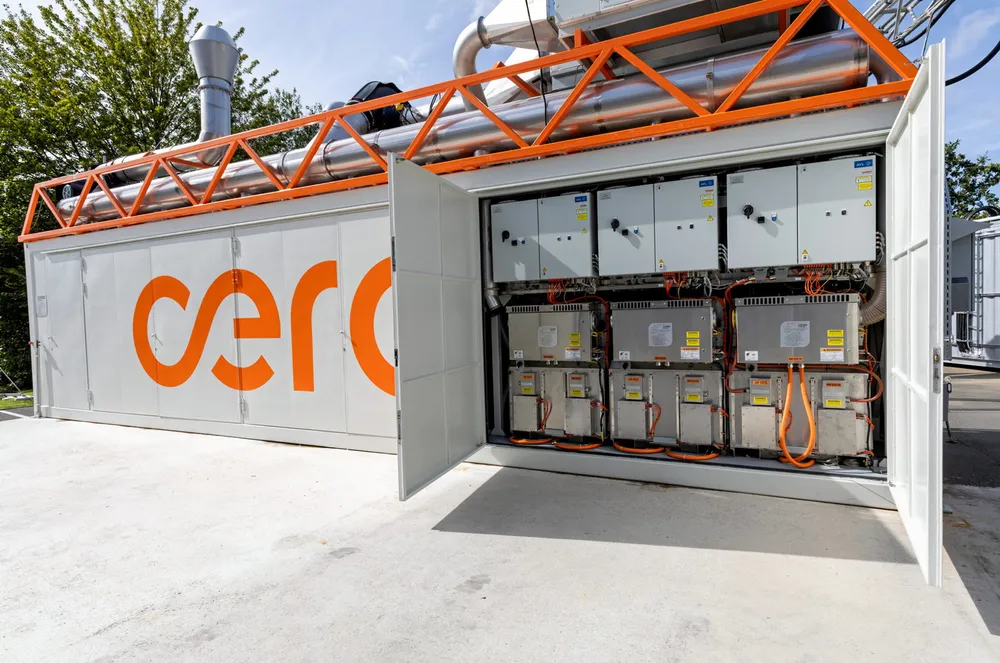Ceres starts work on 100MW solid-oxide electrolyser system that could speed up giga-scale green hydrogen deployment
UK firm to develop a blueprint for modular units as well as a real “multi-MW” commercial installation

UK firm to develop a blueprint for modular units as well as a real “multi-MW” commercial installation
